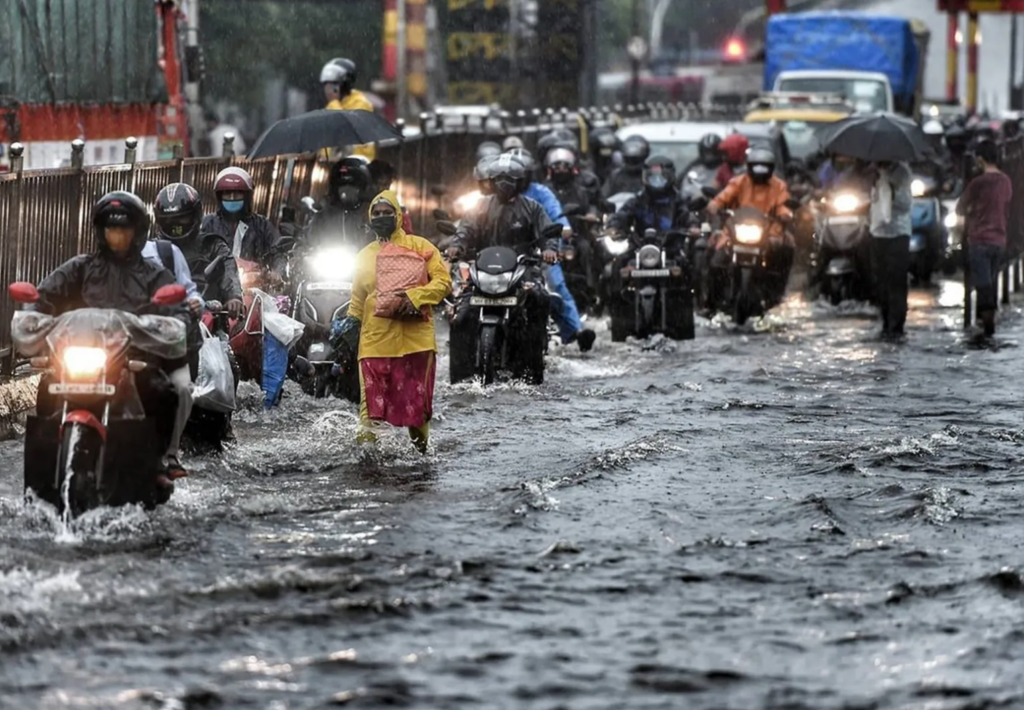One month after Typhoon Carina, here comes Enteng. You’ve just gotten your motorcycle out of the repair shop and you’re caught in a flash flood again.
Riding in the rain is tricky enough, but getting caught in a flood can be a nightmare. If your motorcycle ends up submerged in floodwaters and stalls, don’t panic. Keep your head and don’t cry. Here’s a quick and easy guide on what to do to get your bike back up and running safely.
1. Don’t Restart Right Away
First things first—don’t try to start the engine immediately. If water has gotten into the engine or electrical parts, turning the key can make things worse. This is the part where all that repair bills will come like a deluge. Most of the times waiting for 30 minutes to 1 hour before attempting to start your motorcycle will work.
2. Move to Dry Ground
Safety first. Push your motorcycle to a dry area where you can check things out. You don’t want to do any work while the bike is still sitting in the water. Don’t drop parts or tools into murky waters where they can get lost. Get under a roof where you can safely assess the condition of your ride.
3. Drain the Water
Start by tilting the bike to let water drain out of the exhaust. Then, check the air filter. If it’s wet, take it out, dry it, or replace it if needed. This is why its vital to bring the basic tools with you and at least know how to take your bike apart at the basic level.
4. Remove and Dry Spark Plugs
Take out the spark plugs and check if they’re wet. Let them dry completely, and while the plugs are out, crank the engine a few times to force any water out of the cylinders. This will work if your bike has a kick starter.
5. Check the Oil
If water has made its way into the engine oil, you’ll notice it looks milky. If that’s the case, change the oil before doing anything else. If you have the tools or money, you can drain the old oil and fill in with new oil just to be sure.
6. Dry the Electrical System
Make sure the battery and electrical components are completely dry. Any moisture can mess up the electrical system and stop the bike from starting. Water can really mess up the relay so best to have a spare with and a few fuses too. They’re cheap and can easily be stored in your underseat compartment for use during a pinch.
7. Check the Carburetor or Fuel System
Water can easily get into the fuel system during a flood. If this happens, clean and dry the carburetor or check the fuel injectors for water. If you don’t have the tools or not too confident about your mechanical skills, then better to just drag your bike to the nearest bike repair shop. There’s usually one around the corner.
8. Drain the Fuel Tank (If Necessary)
If water has mixed with your fuel, you must drain the tank and refill it with fresh gas. Under your fuel tank is a single hose that feeds the carburetor. Locate this hose and follow it until it terminates in a clip. Gently remove the clip and free the hose where it is attached. Get ready to drain the spilling fuel into a container. Wait to dry everything for a few minutes. Re-attach everything and fuel up at the nearest reputable fuel station.
9. Try Starting the Engine
Once you’ve followed these steps, give the engine a try. If it still doesn’t start, or if you notice any weird noises, it’s time to get professional help. This means pushing the bike to the nearest repair shop or call your favorite mechanic if he can rescue you.
10. Keep an Eye on the Bike
Even if you manage to get the bike running again, keep an eye on it for the next few rides. Water damage can sometimes show up later, so it’s always a good idea to have a mechanic give it a thorough check.
Final Thoughts
Getting caught in a flash flood isn’t fun, but if you stay calm and follow these steps, you can save your bike from further damage. If you’re unsure about anything, don’t hesitate to take it to a mechanic. Riding a water-damaged bike can cause bigger problems down the road. Stay safe out there!






